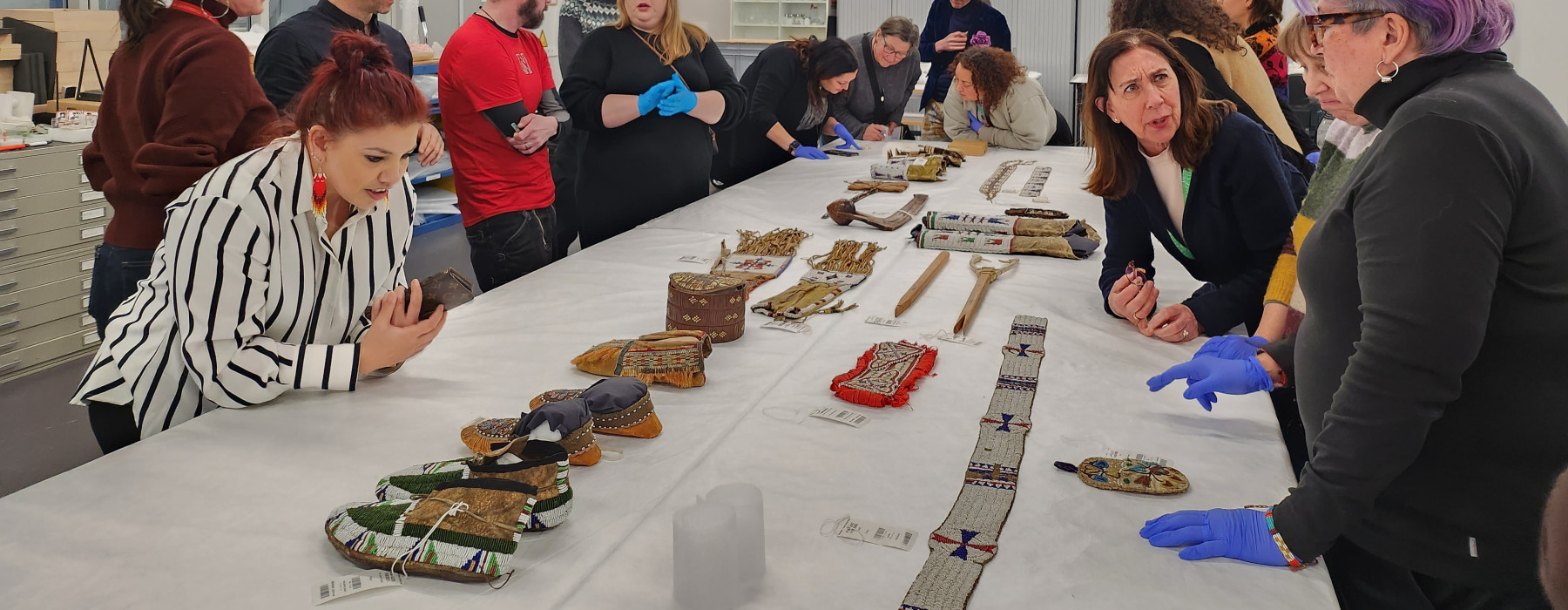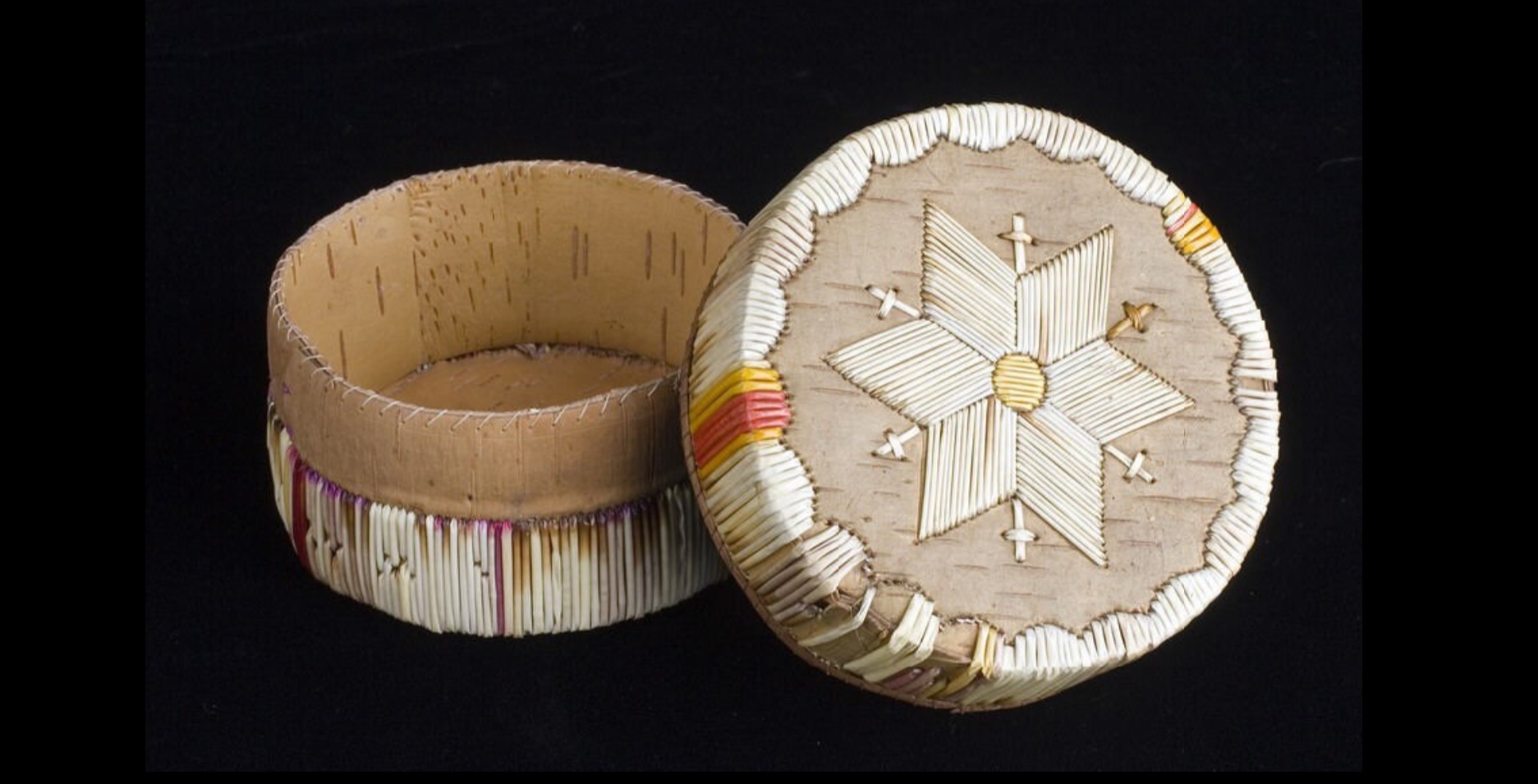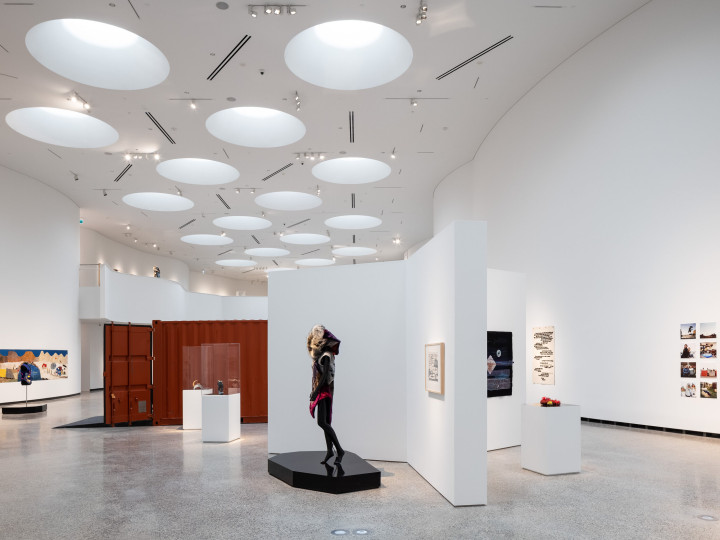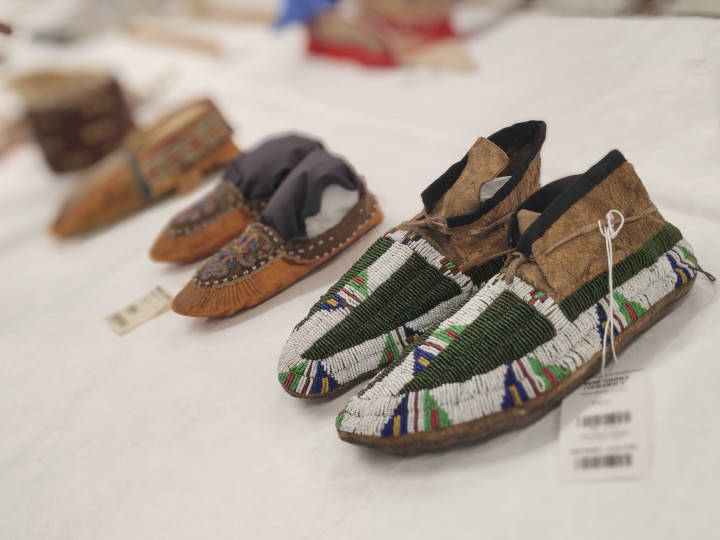
Ethnographic museums in Europe have been part of long, urgent and protracted debates about questions of representation and recognition of the lifeworlds of the many peoples globally whose heritage objects they care for. In recent years these debates have become even more contested, as questions of decolonization and of restitution are increasingly being placed on the agenda by many activists out – and- inside museums. These calls could be seen as tied to broader national and international questions about how to come to terms with the afterlives of slavery and colonialism in the present. As Wereldmuseum, we have been part of diverse conversations triggered by and in response to these questions, to help shape the museum that we want to become. And we will continue this work, mindful of the diverse projects and programmes we have planned for the coming years. We have identified several themes that will shape what we do and in line with some of the major projects that we have set out for ourselves in the coming years.
One important project is the renovation of Wereldmuseum Leiden, we hope to open a new museum in the first quarter of 2029. What stories will we tell and what approaches will we employ in telling these stories? Arguably more importantly, from whose perspective will these stories be told? What objects will be on display and how will they be displayed? If the ethnographic museum has long privileged Eurocentric narratives and narrative forms, what role do Indigenous and other peoples from whom objects originated play in storytelling. How to tell of the foundational role that colonialisms and slavery have played in shaping the museum and its collections, the world we are living in today, but importantly, its damaging effects on the lifeworlds of Indigenous and other colonized peoples and their descendants? And what role might current scholarship play in this telling, for example scholarly interests in more-than-human worlds. At the core of the concerns for the refurbishment, is how to tell the story of Indigeneity, of Indigenous worlds and practices of worldmaking, that are supportive of Indigenous politics of sovereignty, especially mindful of the museums own implicatedness in colonialism’s infrastructure? In fact, we see Indigeneity as one of the key pillars for a refurbished Wereldmuseum Leiden. How to do this in ways that do not reproduce past extractive, and wrongful representational practices is, thus, one of the key questions we want to address as part of the process. Over the coming years, we will invite several scholars/curators/makers to think with us. For us, these will be deep listening sessions geared at critiquing our current practices, whether it is how we exhibit, or how we catalogue our collections, or the words and concepts we use to describe Indigenous lifeworlds. They will also be sessions of creativity aimed at developing new concepts or modes of representation.
Urgent questions for us unfolding from this theme were, for example, questions of restitution and decolonization in relation to Indigenous sovereignty and the differences between settler and imperial colonialism and how these shape decolonization and restitution practices. But also, whether there is sufficient accounting for the representational practices into which Indigenous lifeworlds are framed within European museum contexts, how imperial colonial projects affect the ways in which “source community” work is done in Europe, and how to contend with the possible extractive techniques that are part of these projects. Importantly, we wanted to address what visitors to these museums come with, what they already “know” or understand about Indigenous lifeworlds – what baggage they come with and how this may inform how we tell the stories and what stories we tell. What kind of responsibility comes with presenting Indigenous lifeworlds within the European context and how might we develop strategies for exhibitions and collection work that can serve to redress historical injustices that we have been implicated in while supporting Indigenous sovereign futures?


